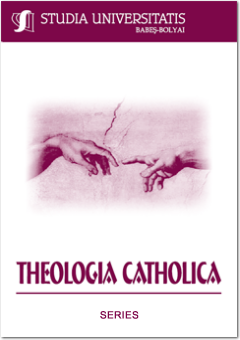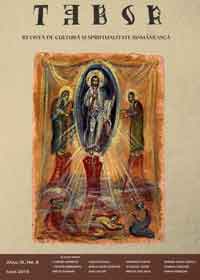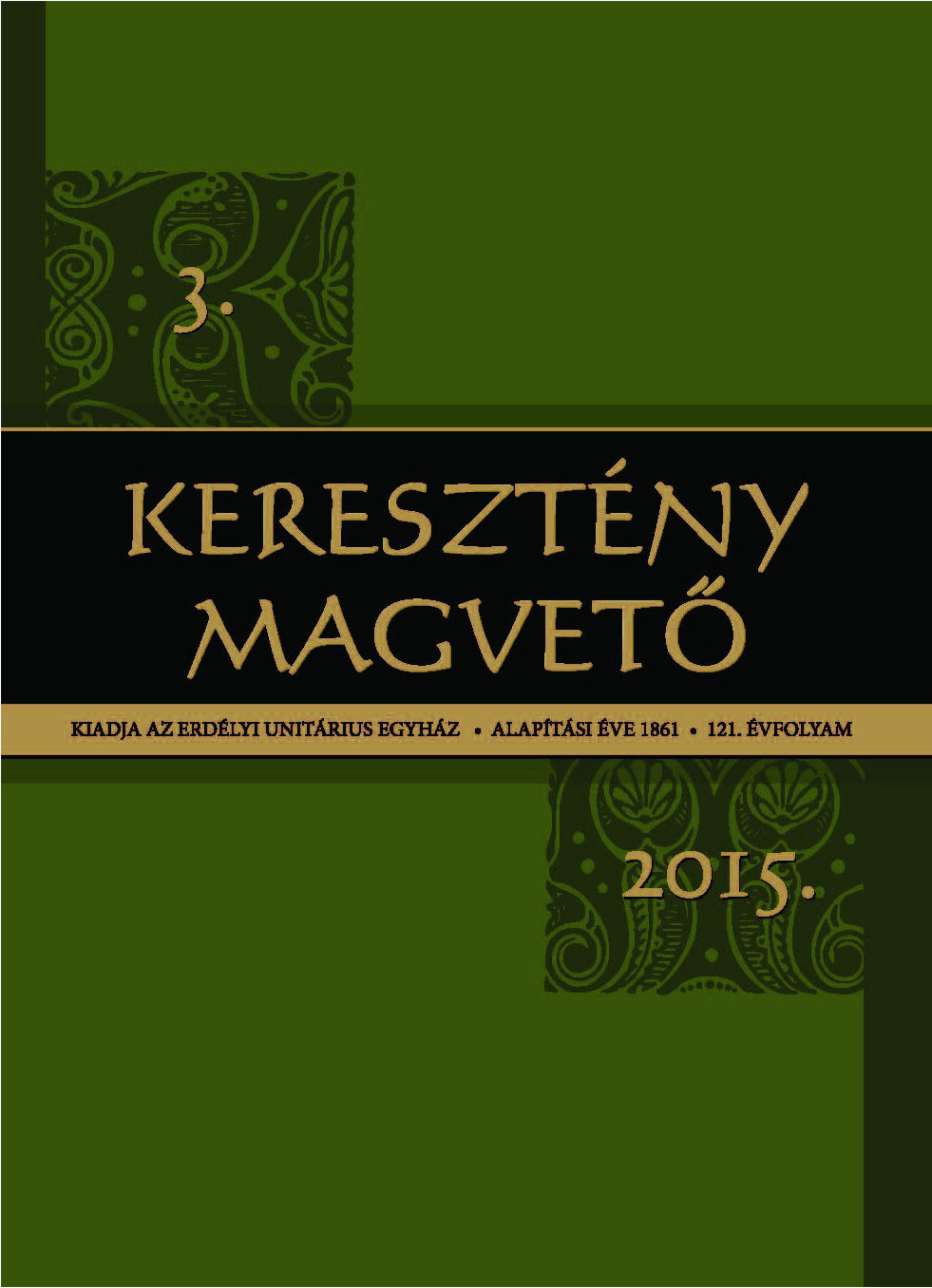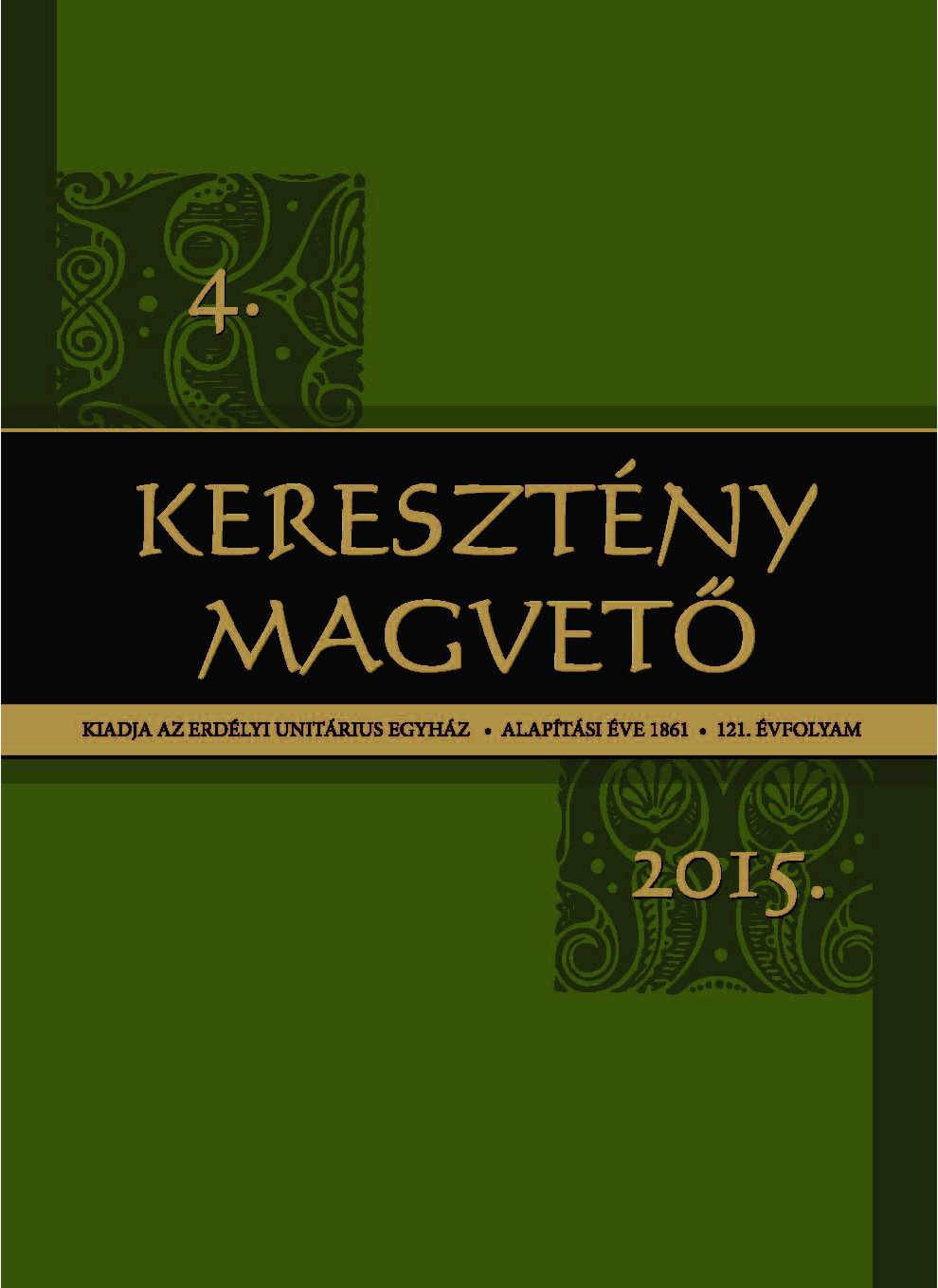
SCIENZA E FEDE NEL DIALOGO DI GALILEO
Science and Faith in Galileo's Dialogue Concerning the Two Chief World Systems. The object of this article is one of the most important works of Galileo, the Dialogue Concerning the Two Chief World Systems. This masterpiece presents the author’s vast knowledge of the Ptolemaic and Copernican systems. In it, he uses complex and inciting arguments that involve philosophy, theology, science, rhetoric and faith; in spite of this, though, he was able to give meaning to anthropological and existential concerns. The paper focuses on the research for texts referring to human experience, particularly those which are within the realms of poetry and myths, that may help provide a common possible ground on which faith and science could interact. By using these texts and allowing myself to get seduced by the simple pleasures of reading, I was able to pick out passages that draw out in human emotions, laughter, surprise, perplexity; and reflections that prompt us, through spiritual investigation, to know ourselves and the world around us. The paper is divided into six chapters. The first deals with the Dialogue’s existential themes that form the common ground for reflecting on the relationship between science and faith. The second contains considerations on how Galileo approached the difficult subject of truth with its multiple meanings. The third is on how Galileo considered the unity between nature and its creator. The fourth chapter refers to the paper’s main topic: the imagination. The fifth looks into the relationships between the various disciplines that might offer new lights in bringing science closer to faith. Finally, the sixth describes how Galileo approached the interplay between the authorities of science and those of the Church.
More...


